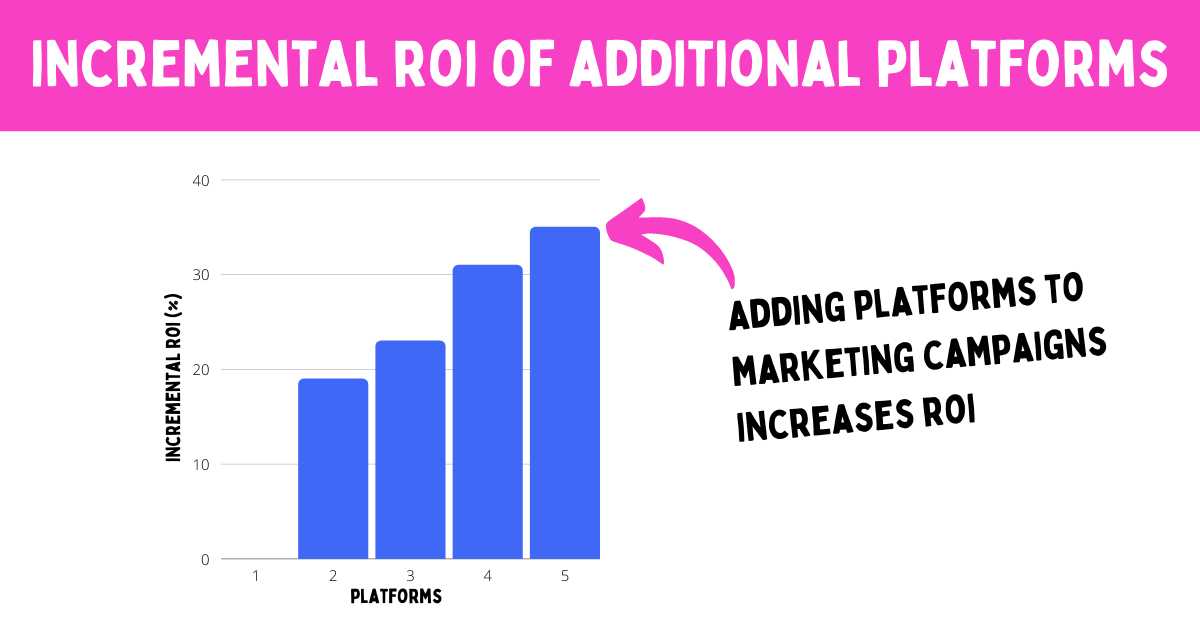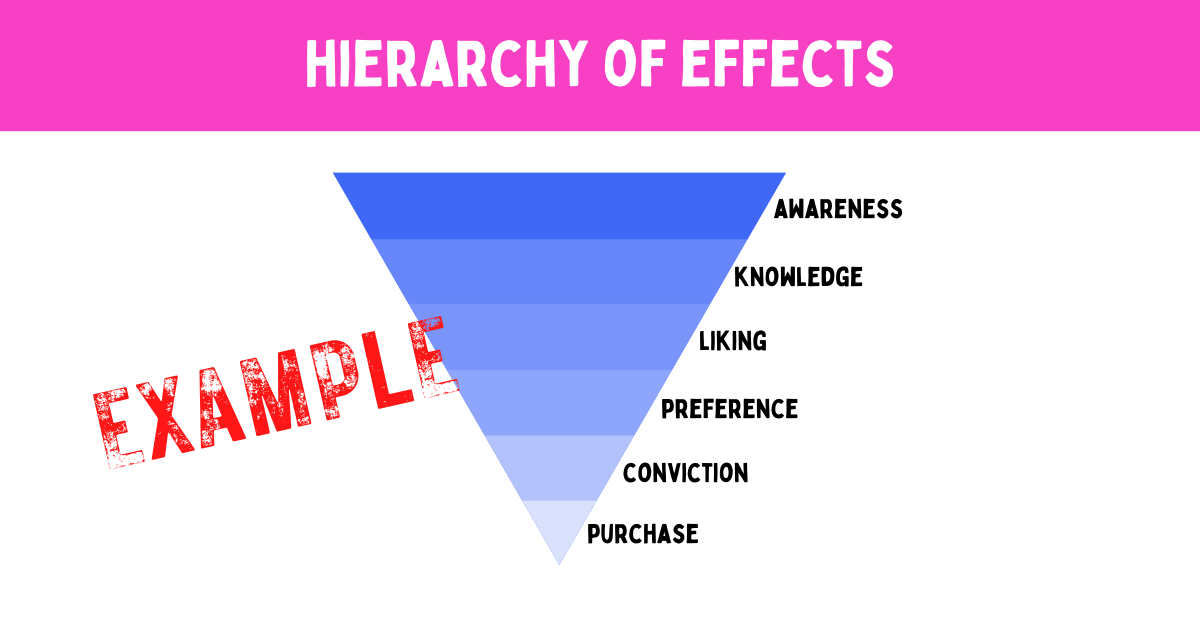How to increase your ROI by 35% with integrated marketing campaigns

Everything is digital marketing now. From the TV you watch to the newspaper you read to the billboards you drive by taking your kids to school. Every medium is digital. And if it's all digital now, do we still need the Traditional vs Digital debate?
Nope. But there is nuance to it.
The best channel of all
If you had to pick your favorite channel, what would it be? I know have my own short list of fun channels to work with:
- Email is always fun. I mean, check out what Daniel Throssell does with email and tell me this isn't a high-potential and wicked fun channel.
- Social ads with creative (especially 6-second video) can work a treat and challenge you to make thumb-stopping content.
- Podcast interviews can be a blast and they're a killer excuse to talk about what you love while messing around a bit.
Reality is, the list of The Best Marketing Channels of all Time is more complicated than that.
The best channel for you depends on:
- Who you're targeting
- What your position is
- What your goals are
- How much money you have to blow spend
You have to know who you're targeting to be able to pick which channels reach them. Positioning also guides the channels you choose, because not all channels are "on brand." Campaign objectives may be brand or activation focused. Some channels are better at building long-term awareness while others are good at short-term sales activation.
And finally, your budget will limit where and how far your message goes. Your budget has to go a long way to drive the biggest impact possible, but we'll get to that in a minute.
Different channels perform... differently
As marketers, we have to approach every channel with a healthy dose of skepticism or "Media Neutrality."
Start by looking at the target segment, our position, our goals, and how much moolah the budget gods let us spend. Our job is to squint at the challenge and pick the right tools to get the job done effectively at the lowest possible cost.
That does not mean marketing on the cheap. "Lowest possible cost" means we should spend what we have to to get good returns. To me that means hiring talented and sometimes expensive people. It means choosing channels based on how well they help us hit our objectives. Cost is a factor, but not the only one.
We have to be careful with how we allocate our budget because it's rare that a single channel will net the best results on its own,
Increasing ROI by adding channels

A WARC (link) report notes that:
Multi-channel integrated campaigns are more effective than single-channel campaigns, particularly when they work together to increase reach.
What does that mean?
Using two or more channels in a campaign delivers higher reach and bigger impact than using a single channel. A 2016 study by the Advertising Research Foundation (yup, ARF 🐶) showed that adding a second channel to a campaign increases marketing ROI by 19%. Adding five channels can increase ROI by 35%!
Of course, adding more channels means being careful with budget and being thoughtful in planning. While budget is a balancing act, adding more channels to a campaign can have a massive impact on the effectiveness of your marketing.
How to budget for multiple channels
When you combine two tools they have a greater impact than one or the other. Mark Ritson teaches it this way:
a x b > 2a or 2b
What this formula says is that channel diversity is good. By multiplying the impact of two or more channels, you get greater returns than you would be amplifying one.
Here's how to read that formula:
- a x b > -- Channel A combined with Channel B is greater than
- 2x spend on Channel A OR 2x spend on Channel B
I should caveat this by saying that you might have a campaign built around one channel. If your strategy points to that and you have a good reason for concentrating your effort and spend on only one channel, do it! Please don't start your planning by saying "We need to use more LinkedIn Ads, so let's figure out a good reason to do that." That's a bullshit and backwards way of planning a campaign.
Using multiple channels means smartly splitting your budget. You can do that once you have clarity in your strategy.
Robert J. Dolan's "Note on Marketing Strategy," taught at Harvard Business School, says "the right way to approach the budget question is through the 'objective and task' method." Figure out what you have to do hit your campaign objectives and cost out each activity and channel.
Things to consider when setting a budget:
- Size of your target audience(s) and how easy it is to reach all of them.
- Nature of the message and what you're trying to convey. For example, new products may need more education while established products may benefit more from activation messaging.
- How receptive the audience is to your messaging. It will generally cost less to reach people who are seeking information. It will cost more to reach people who aren't thinking about your product category already.
- How much noise is in the marketplace and what will it take to cut through? Competition may spend a lot to reach your same target audience. It'll be harder and cost more to break through. A good example is mobile phones. Apple and Samsung spend millions to reach people everywhere. New phone manufacturers have to spend gigantic amounts of money to break through the "blocking noise" these two brands create.
Last note on budgets. There is no pressure to split budget evenly across channels. Allocating 16% to one channel, 50% to another and the last 34% to a third channel is how most campaign budgets look.
Rolling out an Integrated Marketing Communication (IMC) Program
Borrowing again from the HBR article, here's a great outline on building an IMC. If you can define these 6M's you're in great shape:
- Market -- who are you talking to?
- Mission -- what are your objectives?
- Message -- what position are you communicating?
- Media -- which channels will you use to reach the market?
- Money -- what is your budget per channel and in total?
- Measurement -- how will you meaure the campaign's impact?
The hierarchy-of-effects

Market, Mission, and Message is your strategy. Figure these out before you even allow yourself to think about the rest. Remember:
Strategy before tactics. Always.
The hierarchy-of-effects model is different for every business. It's a linear progression customers move through from being unaware of your product through to purchase and post-purchase service.
Note: Before you fly off the handle and think-scream at me about the tangled, messy, wandering path buyers take "these days" please calm down. I know. I could draw a pile of spaghetti and we could spend endless tequila-fueled hours debating where each buyer journey bends. For the sake of my sanity, let's pretend buyers follow a linear path. Phew. Thanks for letting me get that off my chest.
If you get stuck on planning your campaign Mission (objectives), think about moving customers from one stage of the hierarchy to the next. What impact will that have on your business?
Click here for more details on hierarchy-of-effects and marketing funnels thinking.
Different audiences follow different paths. Think about how your target audience moves through the hierarchy and where your campaign might have the biggest impact.
Planning your media, money, and measurement
This is the tactical part of your IMC plan. Remember to choose your media channels based on your strategy. Your budget is determined by those channels and the activity needed on each.
Finally, measuring IMC campaigns is critical to learning what works and what doesn't. Benchmark where you are at the start of a campaign so you can compare results. You'll quickly see how effective all this effort really was.
If you get stuck setting a benchmark, go to your marketing funnel or hierarchy-of-effects. State your objectives in terms of moving customers through the stages. For example, if a campaign objective is to increase awareness of a new product, a target objective could be:
Increase unaided awareness in the "accessible and easy" segment from 58% to 75% by July 2022
The objective above means you want to move people from being "Unaware" to being "Aware" of your product. I wrote about setting clear and measurable objectives here.
When planning your next IMC, remember...
- The best channel for your campaign changes depending on your targets, objectives, and budgets. Start each campaign with a clear mind.
- Including multiple channels will likely increase your ROI and the impact of your campaign, so be sure to consider several marketing channels.
- Your campaign budget should not be split evenly across channels.
- If you can nail your 6Ms of market, mission, message, media, money, and measurement, your campaigns will be in great shape.
- Benchmark your current campaign performance so you can easily tell what's working and what's not. This lets you adjust and get better with each new campaign.



